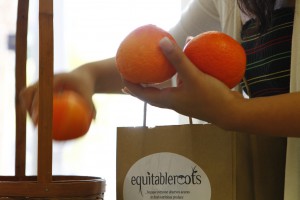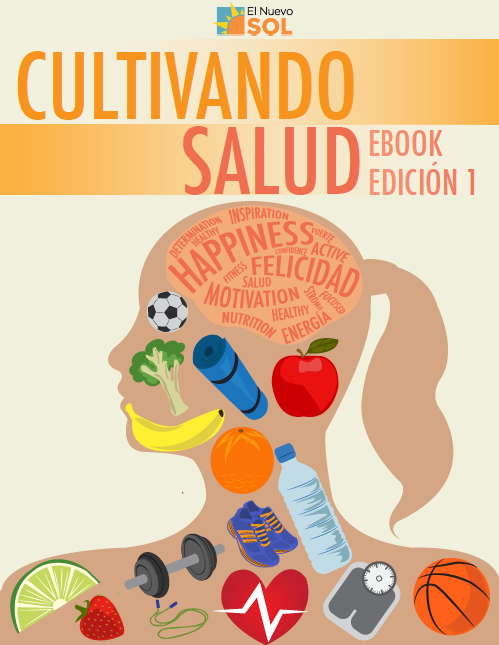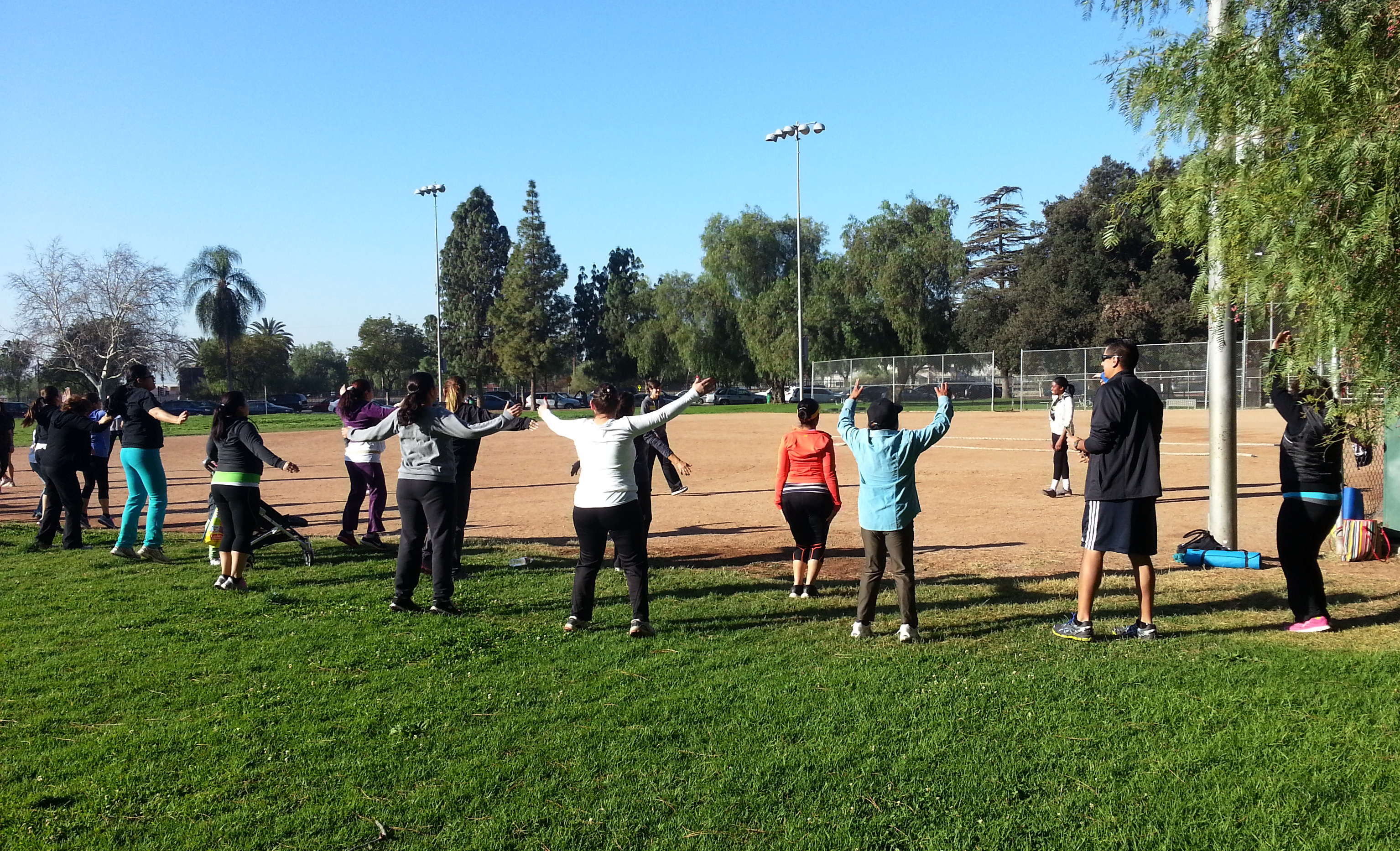Millions of Hispanics who have moved to the United States are at an increased risked of getting Type II Diabetes.
Nicolaas Koppert
EL NUEVO SOL
About 40 percent of middle age adults and seniors in this country currently have pre-diabetes. The beginning stages alone can also lead to heart disease and stroke. The silver lining to all this information is that pre diabetes as well as the type II form can be easily prevented.
All it takes is regular monitoring of heart and cholesterol rates that can be maintained through proper diet and exercise.
However, lack of education and few resources for some the country’s newest immigrants aids the large population with the disease.
“They face a lot of barriers to receiving appropriate treatment–everything from language and cultural barriers to getting time off work,” said Kathleen Ell of the Ernest P. Larson Professor of Poverty, Ethnicity and Health at the University of Southern California School of Social Work.

People who come to this country are not used to the high amounts of processed food and many grew up eating fruits and vegetables that were grown organically. Natalia Bereznyuk/El Nuevo Sol.
The way doctors and social workers approach Latinos is different from the way they should approach Caucasians or other Americans who have lived here all their lives.
Ell also discovered that among non-U.S.-born Hispanics, diabetes is highest among immigrants who have lived in the United States for more than 20 years. This suggests the reason is more rampant among older age Latinos is due to a diffusion of food cultures.
People who come to this country are not used to the high amounts of processed food and many grew up eating fruits and vegetables that were grown organically.
Many community members blame the lack of affordable healthy food for the increasing numbers of Diabetes. Small groups across California are coming together in unity fighting for what they call “food justice.”
One Organization, the Social Justice Learning Institute, is concentrating more time on growing there own food than waiting for the government to make the first move.
SJLI is working with another organization, Tree People, to teach residents how to grow fresh food in their own back yards.
“The idea of the initiative is to eventually have 100 gardens in the city Of Inglewood,” Said SJLI Spokesperson Derek Steele. “A lot of people don’t know this but we have over 150 fast food restaurants in the city of Inglewood and only 5 grocery stores.”
Jollie Sheppick from Women Organizing Resources, Knowledge, and Services, said neighborhoods need to first see what they can do for themselves before asking new grocery stores to move in.
“Investing in grocery stores is a long term process. Just convincing corporations or co-ops to build stores is a significant time investment,” Sheppick said. “The first thing people need to do is garner community engagement.”
Besides building gardens SJLI also holds community forums in minority neighborhoods where citizens can here about the importance of eating healthy as well as bring up their own concerns.
In a recent forum the turnout was low. Fourteen people out 70 people who RSVP’d sat in fold out chairs in a horseshoe formation around a table. Most of those in attendance did not even plan on going to the meeting.
One woman, Adrian Banks, said being at the right place at the right time brought here to the meeting. “I was here to just pick my son’s baseball uniform when this young man asked to come inside and here what they had to say,” she said.
“I don’t trust the food I get from most grocery stores,” Banks Said. “I drive to another city to get organic food from Farmer Joes.”
Megan Bomba works for the Food and Justice Center at the Urban and Environmental Policy Institute. The center works to provide fresh and healthy food to all communities, especially the under privileged.
The Food and Justice Center believes that it is not enough to just ask local government officials to build organic grocery stores.
“People are creatures of habit and if they are used a food desert type of situation, if there used to fewer healthier options, they are not necessarily going to start buying the healthier options,” Bomba said. “We need things like this healthy eating campaign that will get demand up because people want the healthier choices.”
Tags: diabetes food justice Nicolaas Koppert



















